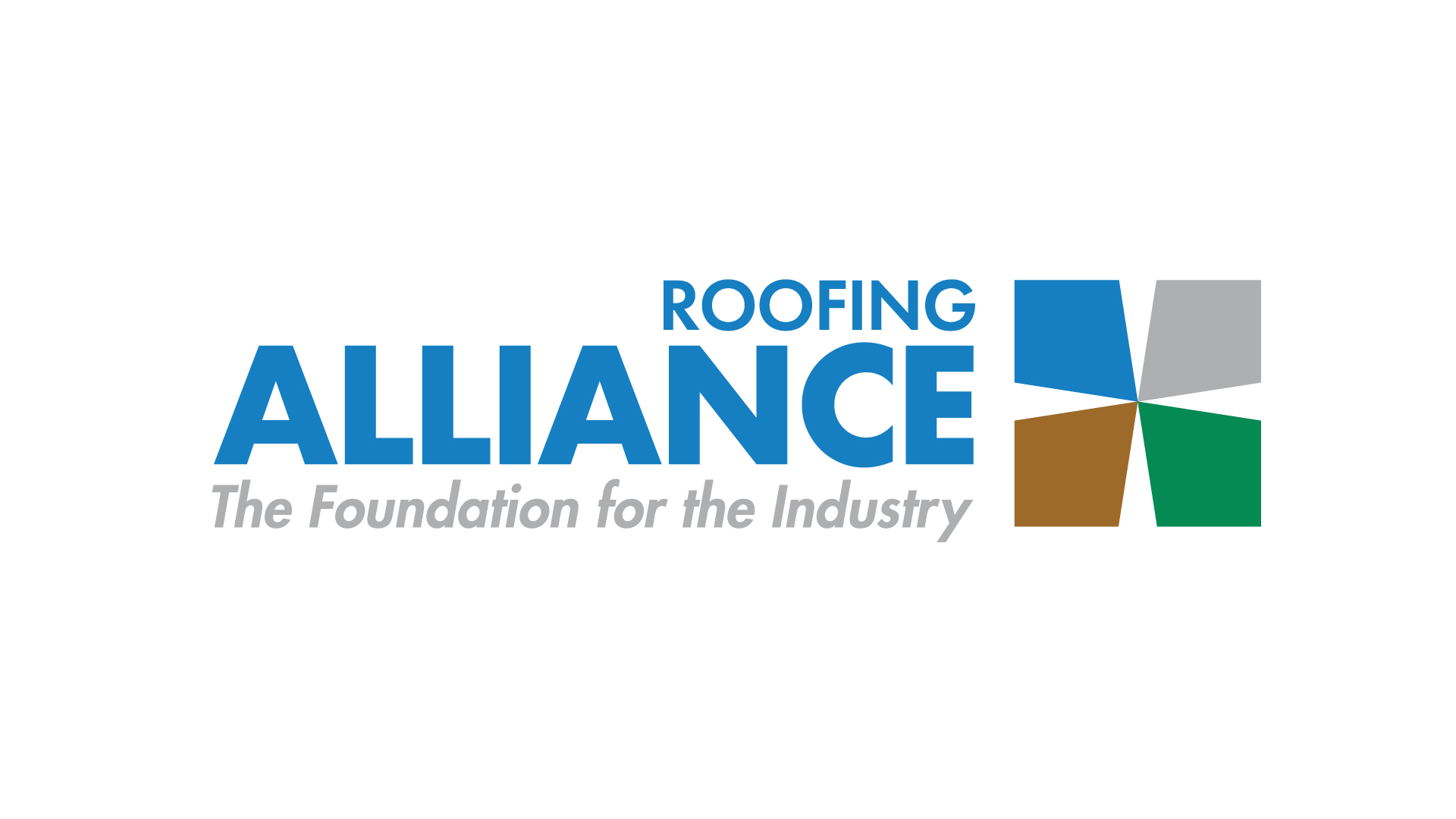Workplace aggression—such as yelling, using threats or spreading lies—imposes an annual cost of up to $1.97 trillion for companies resulting from medical care expenditures and productivity loss, according to Harvard Business Review. Employees who experience workplace aggression or simply witness it report health issues and decreased performance.
Organizations are exploring prevention initiatives, including bystander intervention, which involves training people who witness acts of aggression to intervene. Bystanders’ ability to intervene can help influence the experiences of perpetrators and targets; however, intervening is not straightforward, and the way bystanders intervene matters.
Harvard Business Review shares the following myths and facts about bystander intervention.
- Myth: Bystander interventions must happen immediately. When emotions are intense, it can be difficult to respond to a situation objectively, and it often is more prudent to approach the issue after a cooling-off period. This is best if the situation feels unsafe or if the bystander is not sure how to respond in the moment. However, if there is an immediate threat to the target, fast action may be necessary, such as removing the target from harm’s way or distracting the perpetrator.
- Myth: Bystander interventions must be confrontational. Many people are not comfortable with direct confrontation. There are nonconfrontational approaches that can help the target, such as listening and offering empathy, as well as reporting the situation to relevant authorities or HR personnel.
- Myth: Bystander interventions should always be punitive. It is possible to address the perpetrator in a constructive way if he or she has not yet harmed the target and there is a path to make amends. For example, you could offer him or her an opportunity to “save face” by addressing the issue privately and empathetically. This creates a more supportive environment where the perpetrator does not feel attacked.
- Fact: Your relationship with the perpetrator matters. Trust with the perpetrator can influence the way your intervention is received. If you have a close relationship, you may be able to be candid in a private conversation. If your relationship is more distant, you could involve a trusted mediator or supervisor.
- Fact: Power dynamics at work impact intervention outcomes. When there is no threat of consequences, individuals may be more likely to exhibit harmful behaviors. Acknowledge that people with more authority and influence can create change by imposing consequences or setting new standards. But for transformation that lasts in the workplace culture, established company norms must promote civil interactions and show intolerance of aggressive behaviors.





